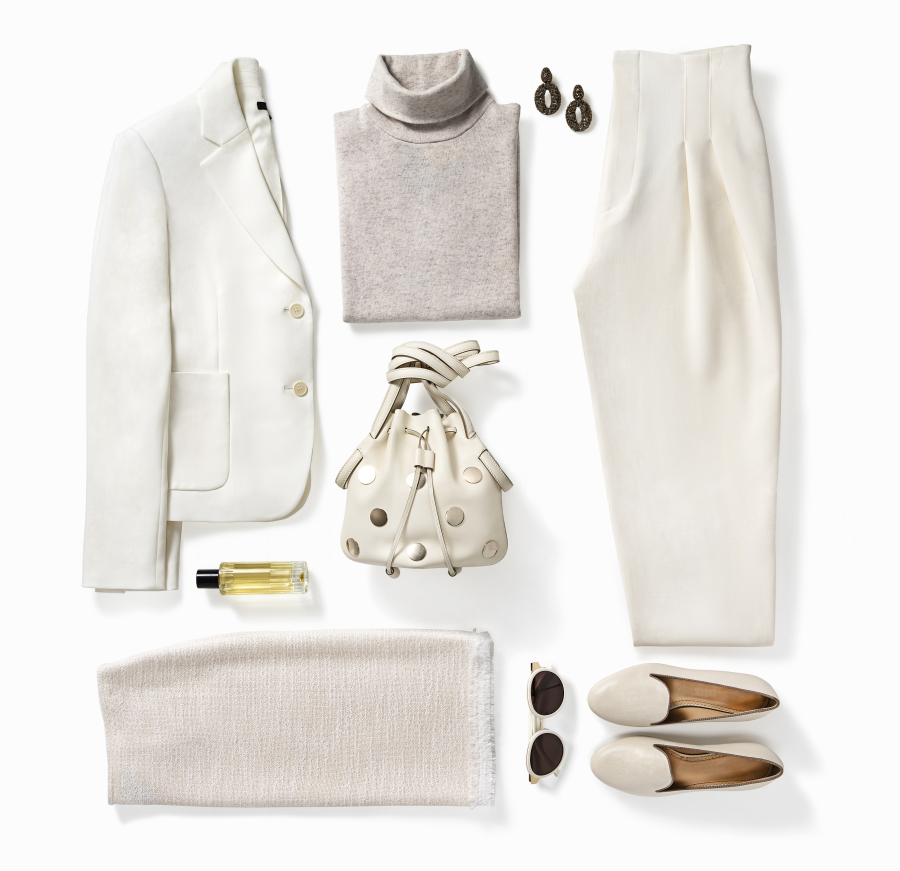Alicia Woodard of Bethesda, Md., couldn’t stand it. Her daughter and son were growing so fast — and getting so picky — that sometimes they wore their clothes only once. Plus her own transition from working in an office to working from home left her with pricey women’s business clothes she never wore. So Woodard set about trying to get some of that money back.
“I have tried anything to sell clothes,” Woodard said. “I was racked with guilt over the wasted money.”
She’s not alone. U.S. households spend at least $1,700 each on apparel each year, according to the Bureau of Labor Statistics, and it’s a lot easier to shell that money out than it is to recoup it. You won’t strike it rich selling used clothes, but it is possible to get some nice spending money out of them. Fortunately, there are more options than ever, both online and in person.
Several websites allow you to set up your own “boutique” and sell your clothing directly to consumers.
• Grailed: Grailed is one of a handful of sites that specialize in men’s clothing — in this case, young, hip men who like fancy hoodies, sneakers and such.
Grailed commission: 6 percent, plus Paypal costs.
• Poshmark: Poshmark is an app and website where people can buy and sell clothes to one another. You upload your own photos and set your own prices. There’s a vibrant social aspect where you accumulate followers and can then alert them to new items they may like. Some “Poshers,” such as Jessica Craddock of Atlanta, start by selling their own clothes but then graduate into buying clothes to sell because they make good money at it.
Poshmark commission: $2.95 for items under $15. Otherwise 20 percent.
• Vinted: This site and app is very similar, but with a twist. In addition to selling clothing direct to buyers, you can swap with other Vinted members by marking your listings with a swap symbol.
Vinted commission: $0.70, plus 5 percent.
Some online stores will pay you outright for your clothes.
• Material World: Material World sends you a prepaid mailer. You then send in your excellent-condition designer clothes, and the site evaluates them and makes an offer.
Material World pay: You are paid in site credit or with a Bloomingdale’s gift card.
• ThredUp: This is Woodard’s favorite because it takes everything from chain-store clothes to designer clothes. She’s made $540 on ThredUp so far. This site began by specializing in children’s apparel and has now added women’s clothing. ThredUp sends a prepaid bag for you to fill with clothes. The site takes care of photographing, pricing and listing the items. If your clothing is “on-trend, in-season and in great condition,” ThredUp pays you for it upfront. If your clothes are in great condition but offseason, the site consigns them and pays you after they sell.
ThredUp pay: 5 to 80 percent of the anticipated selling price. (The more valuable the item, the higher your percentage.)
ThredUp commission: 20 to 95 percent of the selling price. (The more the item sells for, the lower ThredUp’s commission.)
• The RealReal: This site takes only luxury brands. You can choose between in-home pickup and free shipping. The RealReal authenticates and photographs your items and then sells them via a “flash sale” that lasts a limited time. Washington Consumers’ Checkbook tried the RealReal and found that merchandise did sell faster there.
The RealReal commission: 55 to 85 percent, depending on the selling price.
Several chains will pay you on the spot for clothes or give you store credit.
• Buffalo Exchange: This used-clothing chain has stores in many states. Walk in and a Buffalo Exchange employee will price your items on the spot.
Buffalo Exchange pay: 50 percent of the anticipated selling price in trade or 30 percent in cash.
• Clothes Mentor: You can tell the used-clothing business is hot because here is another chain with stores across the country. Clothes Mentor has 147 stores in 29 states.
Clothes Mentor pay: about one-third of the anticipated selling price.
• Kid to Kid: This chain in Rockville, Md., in multiple states and four countries takes children’s clothing, toys and equipment.
Kid to Kid pay: Cash on a case-by-case basis or 20 percent more in trade.
• Uptown Cheapskate: Trendy clothing and accessories are in demand at these stores in 21 states. Uptown Cheapskate pay: Cash on a case-by-case basis or 25 percent more in trade.
Bricks-and-mortar consignment shops tend to be mom and pop operations, and they are plentiful. When I searched for local consignment shops in the Washington, D.C., area, for example, there were pages and pages of them. Washington Consumers’ Checkbook says it’s typical for local consignment shops to charge a 50 percent commission.
Regardless of which method you use to sell your clothes, you’ll make more if they’re in great condition, freshly laundered or dry-cleaned, and well presented. “Button buttons, zip zippers and fold them like a store would,” Woodard said. “Put the nicest stuff on the top of the bag. It will give the resale people a good first impression.”
So which method is best? Washington Consumers’ Checkbook reported that selling clothes online is potentially more lucrative because of lower commissions, but Woodard found that it was a mix. She made more online selling women’s clothes but more in person selling kids’ clothes.
Bottom line: If you really want to get the most money for your old clothes, you should shop around for offers just as hard as you shopped for the clothes in the first place.



